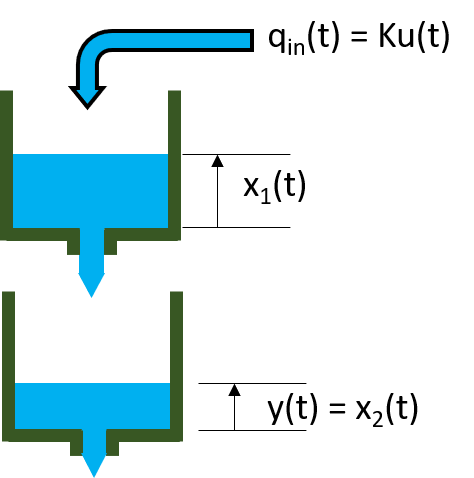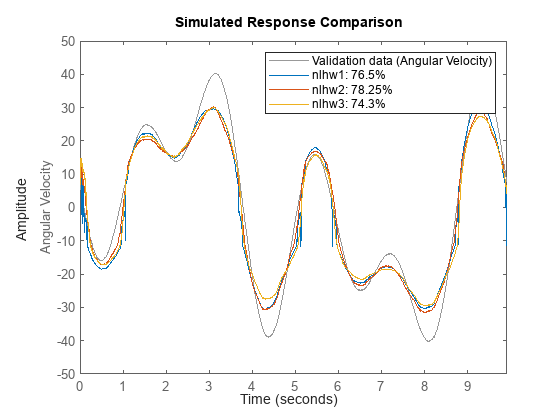Hammerstein-Wiener Models
Use Hammerstein-Wiener models to estimate static nonlinearities in an
otherwise linear system. You can use the Hammerstein-Wiener structure to capture
physical nonlinear effects in sensors and actuators that affect the input and
output of a linear system, such as dead zones and saturation. To estimate
Hammerstein-Wiener models, use the System Identification app or
the nlhw function.
Apps
| System Identification | Identify models of dynamic systems from measured data |
Functions
Blocks
Topics
- What Are Hammerstein-Wiener Models?
Understand the structure of Hammerstein-Wiener models.
- Available Nonlinearity Estimators for Hammerstein-Wiener Models
Choose from a set of scalar nonlinearity estimators that you can use for both input and output estimators in Hammerstein-Wiener models.
- Identifying Hammerstein-Wiener Models
Specify the Hammerstein-Wiener model structure, and configure the estimation algorithm.
- Validating Hammerstein-Wiener Models
Plot model nonlinearities, analyze residuals, and simulate model output.
- Using Hammerstein-Wiener Models
Simulate and predict model output, linearize Hammerstein-Wiener models, and import estimated models into the Simulink® software.
- Linear Approximation of Nonlinear Black-Box Models
Choose the approach for computing linear approximations, compute operating points for linearization, and linearize your model.
- How the Software Computes Hammerstein-Wiener Model Output
How the software evaluates the output of nonlinearity estimators and uses this output to compute the model response.


